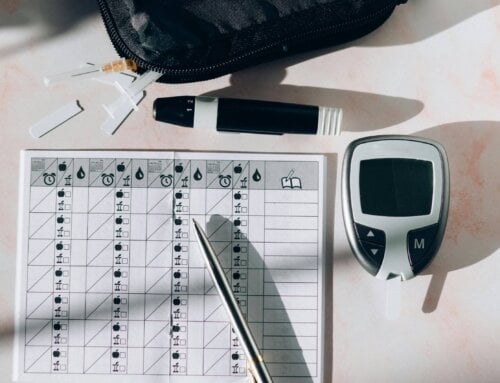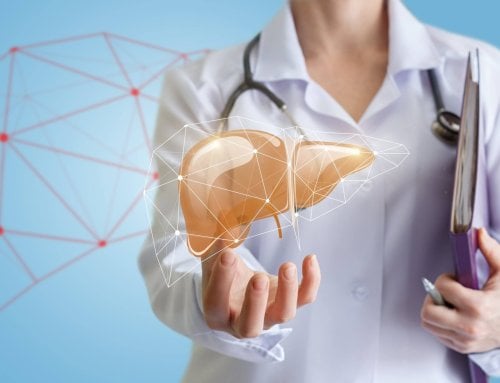People with diabetes have an increased risk of developing high cholesterol, a factor in heart disease and stroke. Heart smart foods for cholesterol and diabetes control can help lower bad cholesterol, raise good cholesterol and keep your blood sugar in check.
- Good cholesterol is referred to as HDL cholesterol while bad cholesterol is LDL cholesterol. It is important to avoid foods which may raise bad cholesterol, such as packaged, bagged or boxed cakes and cookies and certain fast foods. Avoid trans-fats completely. Watch out for red, marbleized fatty meats and cold cuts like hot dogs, salami, sausages and bacon which can increase LDL. Choose foods that contain good cholesterol, such as canola and olive oil, low-fat or fat-free dairy products and lean fish and meats. If you are unable to get the leanest cuts of meat, cut the fat off to minimize your cholesterol intake.
- Avocados are a wonderful source of soluble fiber that can help regulate your blood sugar levels and they contain healthy fat. Eating avocados may reduce your bad cholesterol and triglyceride levels while increasing your HDL levels. Fit a moderate portion into your diet, such as a half of an avocado over a lunch or dinner salad.
- Pistachios are another heart smart food when eaten in moderation. A single serving is 16-20 nuts. Eat them in the shell which will slow you down. These tasty nuts can lower LDL cholesterol, boost HDL cholesterol and raise the antioxidant levels in your blood. These nuts provide nutrients that can minimize plaque buildup in your arteries and lower your risk of heart problems.
- Peanut butter is a heart healthy food that contains no trans-fat and has polyunsaturated fats to benefit your heart health. Much like other nuts and nut products, peanut butter can be high in calories. Have a serving of 2 tablespoons each day. Try to find natural peanut butter that only contains nuts with no added salt, sugar or additives. Another benefit of eating peanut butter is its tendency to help prevent blood sugar spikes after meals.
- Fit fiber into your daily diet to lower the risk of heart disease and reduce bad cholesterol. The goal is to have 25-30 grams of fiber each day. Good sources include the soluble fiber found in beans, oats and citrus fruits, such as oranges. Choose whole grain options such as brown rice, whole wheat pasta, quinoa, bulgur and amaranth. Soluble fiber can decrease unhealthy fat in your blood and even improve your digestion. Eat carbohydrates in portion size to prevent blood sugar elevations.
- According to recent research, eating fish at least twice weekly can reduce your risk of heart disease. Omega 3 fatty acids, found in fish such as salmon, mackerel and anchovies can lower the bad fat in your blood. Talk to your doctor about taking fish oil supplements to get essential Omega-3 fatty acids in your diet.
- Increase leafy green vegetables in your diet to help minimize inflammation. Great choices are spinach, broccoli and kale. Studies also revealed the benefit of adding berries to your diet to improve cardiovascular health.
- Discuss your cholesterol and blood pressure levels with your doctor and get them checked regularly. You can also use a blood pressure monitor at home to see how you are doing. Exercise for at least a half hour, several times a week. Try to take a brisk walk or bike ride each day.
- Many people with diabetes are also overweight. Exercising regularly and eating heart smart foods can help you shed pounds, lower your cholesterol and reduce your risk of heart disease and stroke.
Adding heart smart foods to your diet can reduce your cholesterol levels, improve blood sugar control and help prevent heart disease. Swap out unhealthy foods for tasty heart smart ones. A few simple changes can go a long way when it comes to protecting your heart and health.












Leave A Comment